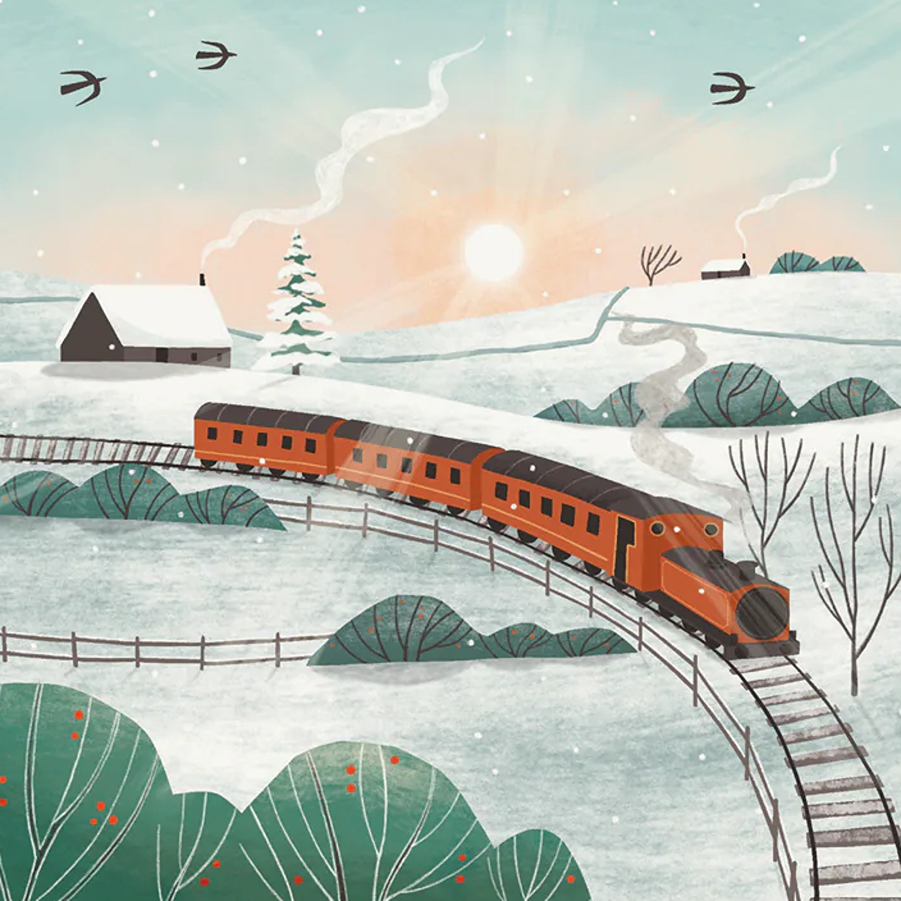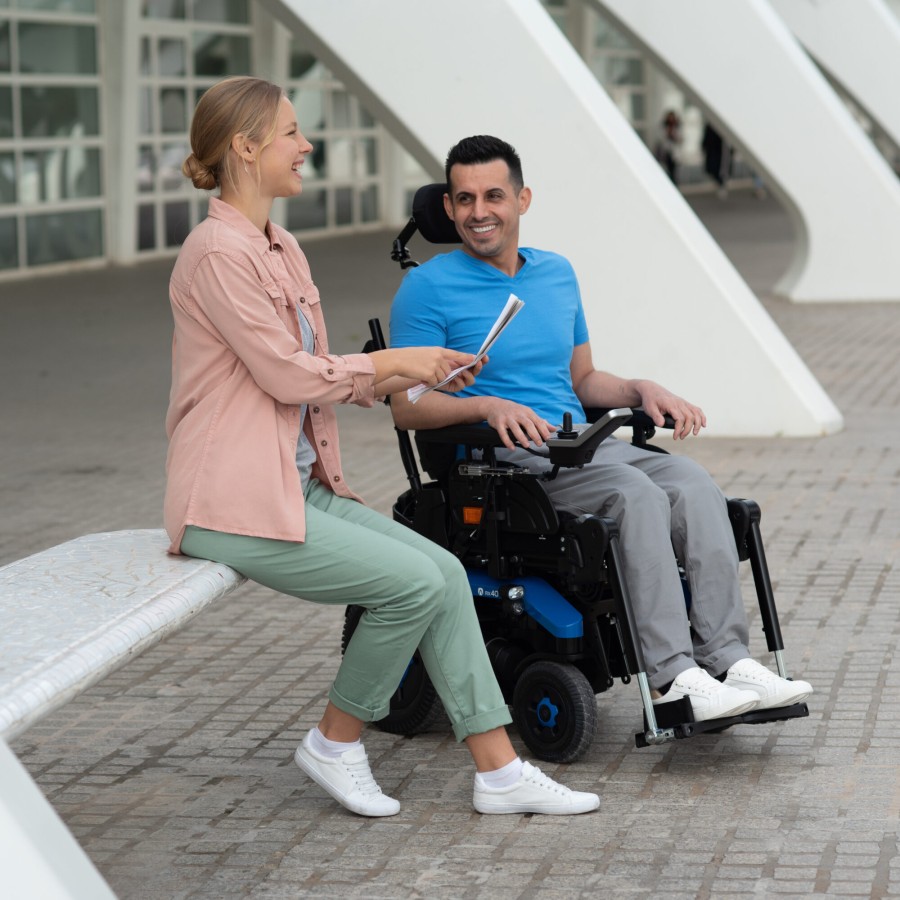
Much of the Chilterns is being destroyed to make way for the disastrous HS2 project, a fast-speed train that will kill 22,000 wildlife yearly once built, based on estimates of similar projects abroad. Experts say it won’t reduce climate change (some planned hubs are airports?)
Read rules and tips for train travel with pets. Animals must be kept on leads or in carriers, and bring plenty of water and treats, to keep them happy and relaxed. Pets are not allowed on seats or escalators (they must be carried) and never allow animals near trains.
A report by wildlife experts says that HS2 bosses have got their calculations wrong, and instead suggest that HS2 remap existing routes (if the project goes ahead) to apply correct nature values. It should also use updated methodology (and make this available) and pause construction immediately until (correct) findings are assessed by government. Sounds hopeful, but unfortunately most MPs (of all parties) voted for it (find out who your MP is and how they vote on environmental issues at TheyWorkForYou).
Financial Times journalist Simon Kuper lives in Paris, and regularly ‘zips into London’ on TGV (France’s high-speed train). He’s not a fan of HS2, sying the UK project is ‘vanity’ as we don’t need high-speed rail. England is a quarter of the size of France or Spain (so London to Manchester is half the distance as Barcelona to Madrid). So the argument that the train would ‘replace flying’ is nonsense, as we can get to places easily, without a plane. People fly long distances (they don’t need to fly from south to north England).
Critics say the money spent (colossal) would be better spent on updating rolling stock in areas with old rail tracks and carriages, and increasing bus and train transport in rural areas, which have seen their cancelled routes during the pandemic to never return. So while rich businessmen take high-speed trains (they could talk on Zoom?), this money would be better spent on ensuring older and disabled people can reach the village to do their shopping (or young parents take public transport to take their children to school or the doctor). Money could be spent to reduce train fares, at present it’s cheaper to drive.
BBC wildlife presenter Chris Packham recently took the government to court to stop HS2, on the grounds it would cause irreversible damage to ancient woodlands and habitats (already, England’s second-oldest pear tree in Worcestershire has been cut down to make way for it). Another concern is that swans and geese often mistake rail tracks for rivers (when flooded) so would be at risk. He argued that the government had been badly advised (and did not take account of obligations under the Paris agreement and Climate Change Act of 2008. Of course he lost.
HS2..maybe not going to Manchester..maybe it’s the train to nowhere. Never mind. Let’s keep trashing the environment and draining the public purse. Chris Packham
Many wildlife species also live near railways, which is why Network Rail employs ecologists to know how to least affect lizards, grass snakes, deer, water voles and slow worms (along with Pipistrelle bats that roost in trees, tunnels and bridges). Trackside workers are also given information on how to record sightings and report to their environmental experts.
good reasons to enjoy a (slow) train journey
Most of us enjoy a journey on a train, but these days often the trains are not running frequently or fares are too expensive for most people to travel. Here are ideas to go back to the days when the train took the strain of getting from A to B.
Split My Fare is a great way to save money. Just enter your departure and destination and it works out the cheapest way (often up to 80% off) by purchasing single tickets. Sometimes if you buy 10 tickets from London to Glasgow for each leg of the journey, it works out cheaper. You then get a code to print the tickets at the station. For mainland Europe, Interrail offers good passes (for one country or to pass through several).
GO-OP! is England’s first community rail line, currently seeking funding to develop trains that will be owned by the public (a bit like a community shop, but for trains). The first route aims to connect Somerset to Wiltshire, focusing on areas with poor routes.
simple ideas to improve train stations
Many train stations are beautiful buildings, but these days most simply house the same branches of WH Smiths, Costa Coffee and Gregg’s the bakers. In some areas, train stations have a monopoly on prices charged, which is why campaigns for free water fountains have been refused, as train stations woudl not get high rents from coffee shop chains, if people could hydrate for free.
Linking bus stops to train stations (and making walkable routes) would help, as would giving licenses to indie shops and cafes. In Portland (Oregon), volunteers walk disabled and blind people through confusing platforms until they are confident, and all train stations and platforms have information in Braille. Having accessible toilets helps, especially for long waiting times.
make train timetables easier to understand
With talented graphic designers around, why are train (and bus) timetables so badly designed? It’s confusing for most of us, let alone people with bad eyesight or dementia (or have to take public transport). This Canva sample template could easily be amended to an easy-read schedule.






